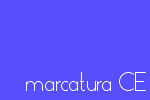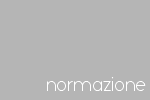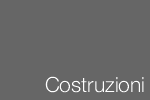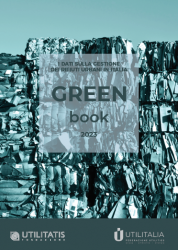BREF Intensive Rearing of Poultry or Pigs
| ID 10832 | | Visite: 3649 | Documenti Ambiente UE | Permalink: https://www.certifico.com/id/10832 |
BREF Intensive Rearing of Poultry or Pigs
(b) with more than 2 000 places for production pigs (over 30 kg), or
(c) with more than 750 places for sows.
- nutritional management of poultry and pigs;
-feed preparation (milling, mixing and storage);
- rearing (housing) of poultry and pigs;
- collection and storage of manure;
- processing of manure;
- manure landspreading;
- storage of dead animals.
This BREF contains ten chapters.
Chapter 1 provides general information on pig and poultry production in Europe.
Chapter 2 describes the major activities and production systems used in intensive poultry or pig production.
Chapter 3 contains information on the environmental performance of installations in terms of current emissions, consumption of raw materials, water and energy.
Chapter 4 describes in more detail the techniques to prevent or, where this is not practicable, to reduce the environmental impact of operating installations in this sector that were considered in determining the BAT. This information includes, where relevant, the environmental performance levels (e.g. emission and consumption levels) which can be achieved by using the techniques, the associated monitoring and the costs and the cross-media issues associated with the techniques.
Chapter 6 presents information on 'emerging techniques' as defined in Article 3(14) of the Directive.
Chapter 7 is dedicated to concluding remarks and recommendations for future work.
| Descrizione | Livello | Dimensione | Downloads | |
|---|---|---|---|---|
| Best Available Techniques (BAT) intensive rearing of poultry or pigs 2017.pdf EU 2017 |
18840 kB | 2 | ||
| Best Available Techniques (BAT) intensive rearing of poultry or pigs 2015.pdf EU 2015 |
19058 kB | 2 | ||
| Best Available Techniques (BAT) intensive rearing of poultry or pigs 2003.pdf EU 2003 |
5399 kB | 3 |











































